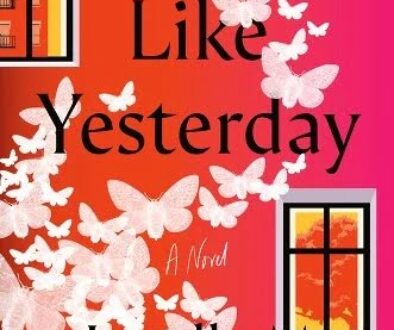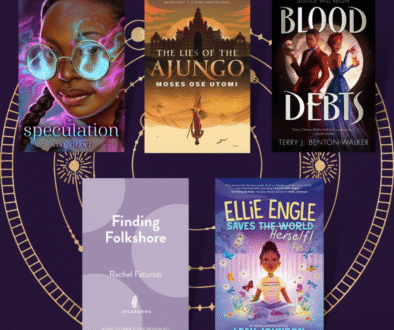The Plot Thickens: Murder of Crows: Lethal Lit #1
Podcasts have been all the rage and are the unique genesis of this new book series reminiscent of Veronica Mars. Murder of Crows is part of the Lethal Lit series that originally began as a podcast of the same name. The first book in the series is helmed by K. Ancrum who uses her prowess in YA storytelling to give this series opener a literarily observant eye. Lest you be averse to reading homework, listening to the podcast is not required to understand the story.
Prior to Murder of Crows, the main character Tig Torres returned to the hometown her father and aunt grew up in to clear her aunt’s name and finish high school with a guardian present as her father works on an oil rig. She successfully reveals that the high school teacher and school newspaper advisor was the serial killer who murdered and set her aunt up to take the fall for his deeds. Having worked with her friends Max and Wyn to uncover the truth in that mystery, the group feels qualified to solve another mystery presented to them by an old man who is killed after sharing secrets about the town’s history and the exclusive group, Murder of Crows, with them. Chaos ensues as Tig and co. try to remain steps ahead of the murderer hoping to complete the same quest without meeting their own lethal end. Along the way Tig must confront her true feelings for Wyn and what it means for their relationship going forward, and untangle her abuela’s reticence to sharing what she knows about her role in the quest and the Murder of Crows.
As someone who enjoys a good mystery, I found this book a fine return to the genre for a young adult audience. After learning more about the origin of the series, I understood why it felt as if Tig’s cultural background had very little to do with the story—which I found disappointing. Nothing in this series explains why Tig’s grandmother chose to live in a small town removed from a wider community of Black or Latine people. Since a few of her abuela’s childhood secrets are revealed as they relate to the mystery and the ending of the book promises there is more to mine from her teenage years, there is the possibility that this will be explained later. Generally, the tone of the podcast presents very little information about this background, as if it has no bearing on the story. This arrangement makes me concerned that the Torres family identity was chosen to present representation without fully doing the work to make sure that representation is thoughtful. Certain dynamics between Tig’s abuela and her teenage friends and Tig and hers could use this characterization to make better sense of why the story needs to belong to their family. Otherwise, the story hits familiar cozy mystery beats: an unreliable police department, suspects with secrets to hide, and a small town with a unique character. The writing sets up scenes vividly—the description of one house is witchy vibe goals—and the quest around the mystery makes logical sense. Because this novel fleshed out abuela’s story with way more consideration than the podcast ever did, I see a lot of potential for the rest of the series and hope they reveal more about the elusive townsfolk of Hollow Falls and why they’ve chosen to live in such a remote place—not your average suburb.



